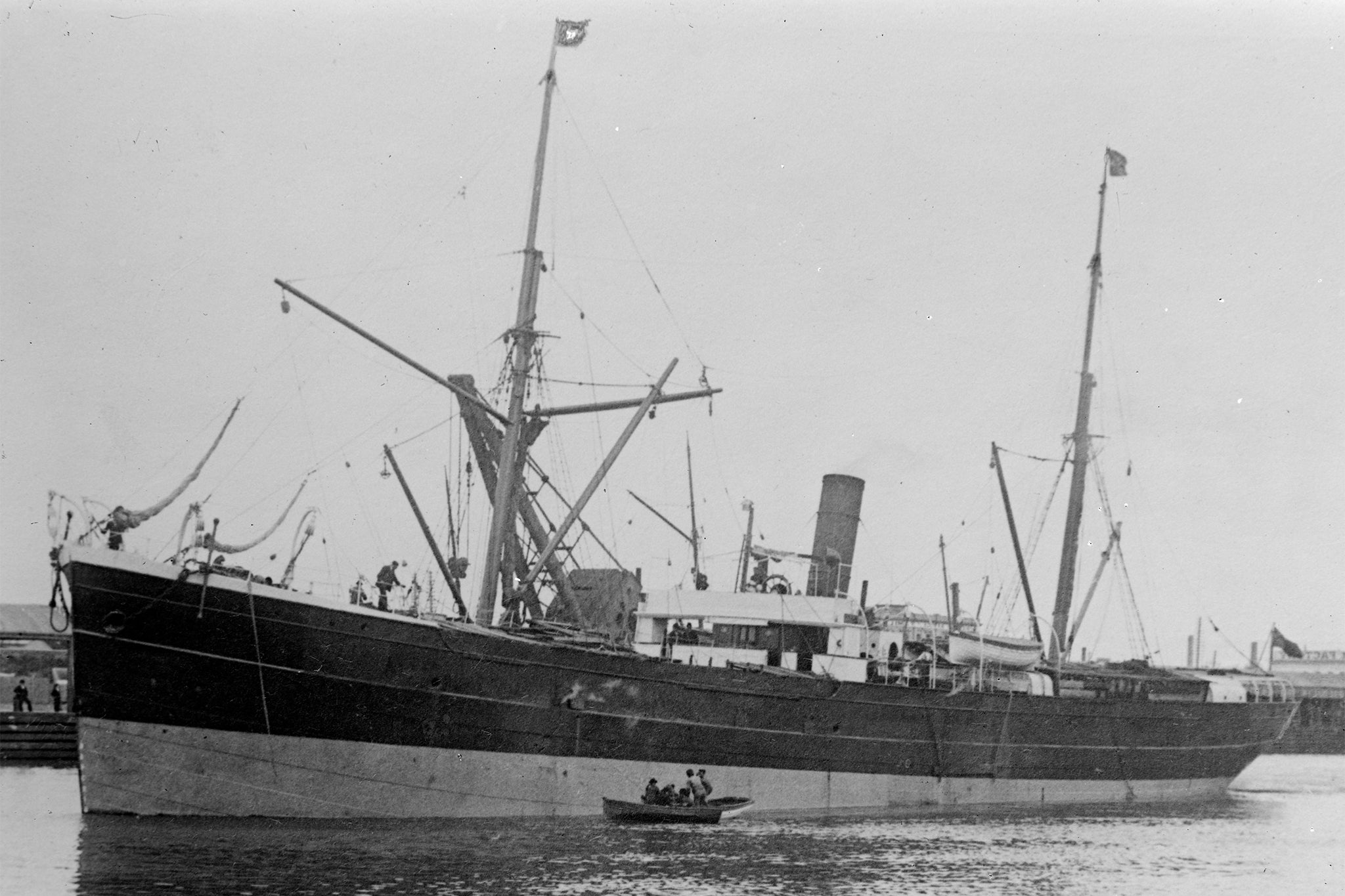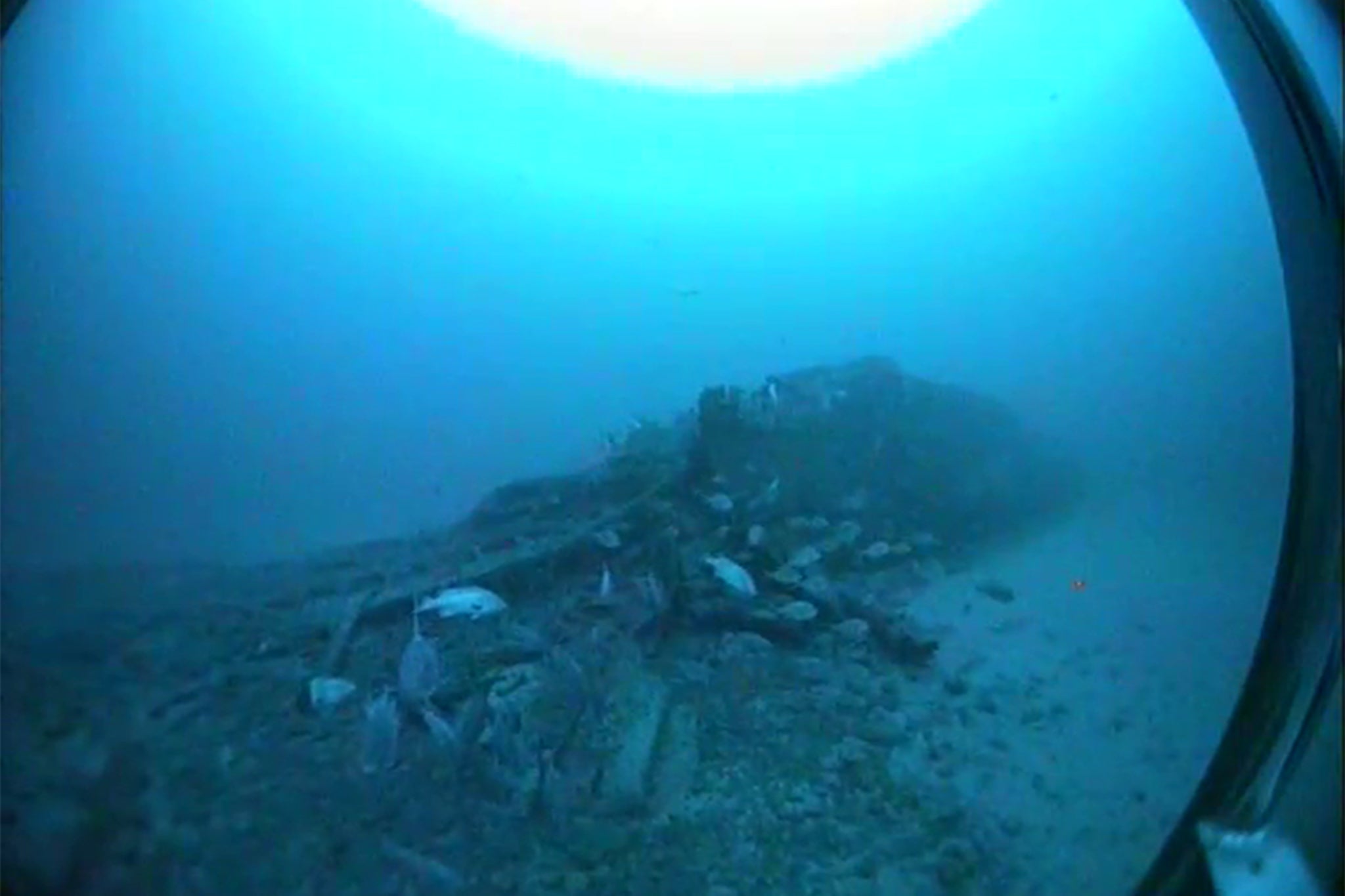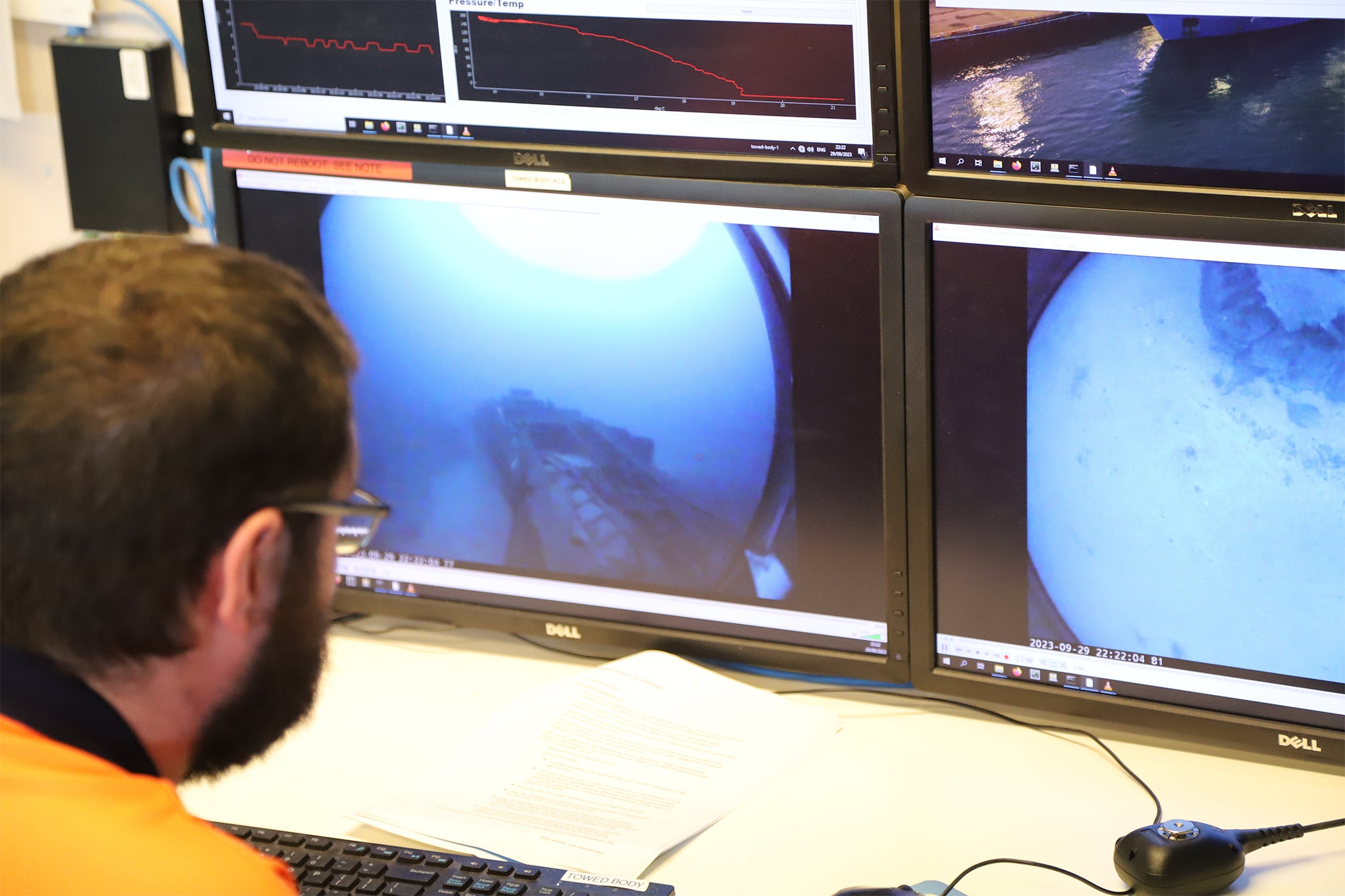Mystery of missing SS Nemesis finally solved 120 years after bodies washed ashore
The British steamship disappeared in July 1904 after sailing into a storm, and was never seen again
A British-built steamship that disappeared more than 120 years ago with 32 passengers on board has been discovered off the coast of Australia.
The SS Nemesis was transporting coal to Melbourne, Australia, in 1904 when it sailed into a storm and was never seen again.
Over the coming weeks, the bodies of crew members who had drowned at sea washed up ashore alongside debris from the ship, yet the location of the sunken vessel remained unknown.
The New South Wales (NSW) Ministry of Environment and Heritage confirmed over the weekend the ship was found off the coast of the Sydney area, roughly 525 feet underwater.

“The 120-year-old mystery of SS Nemesis and the 32 crew members lost at sea has been solved,” government officials declared in a news release.
New South Wales officials say they will now look for family members of the Australian, British and Canadian crew who went down with the 1,393-ton ship.
About half of the crew on the British-built ship were from the UK, including the captain, Alex Lusher, chief mate, T.A. Renaut, and second mate, W.D. Stein.
A remote sensing company called Subsea Professional Marine first discovered a shipwreck in the area in 2022 while looking for cargo boxes lost off the coast, officials said.
But the shipwreck was not identified as the SS Nemesis until September 2023 when CSIRO, Australia’s national science agency, was able to capture underwater imagery that definitively showed the distinctive features of the steamship.

The agency’s research vessel, RV Investigator, used advanced multibeam echosounders to map the wreckage and underwater cameras to obtain high-resolution images of the sunken ship.
They showed the severely damaged vessel resting upright on a sand plain.
Using those images, they suggested the steamship sank in July 1904 after it was hit by a large wave off the coast of Wollongong - 50 miles south of Sydney - which caused the engine to be overwhelmed and the ship "sank too quickly for lifeboats to be deployed”.
Phil Vandenbossche, a CSIRO hydrographic surveyor, said: “Our visual inspection of the wreck using the drop camera showed some key structures were still intact and identifiable, including two of the ship’s anchors lying on the seafloor.”
He added further video imagery would be “stitched together” to create a 3D model of the wreck for further investigation.

“Around 40 children lost their parents in this wreck and I hope this discovery brings closure to families and friends connected to the ship who have never known its fate,” said NSW minister for environment and heritage, Penny Sharpe.
“The loss of Nemesis has been described as one of Sydney’s most enduring maritime mysteries and has even been described by shipwreck researchers as the ‘holy grail’.
“Thanks to collaborative work with CSIRO and Subsea, using modern technology and historical records, Heritage NSW has been able to write the final chapter of SS Nemesis’ story."
There are more than 200 shipwrecks off the New South Wales coast, according to officials, less than half of which have been located. The MV Blythe Star, a coastal freighter that sank half a century ago off the coast of Australia, was found last year.
A Spanish galleon also described as “the Holy Grail of shipwrecks” is currently in the process of being raised from the ocean floor.
Join our commenting forum
Join thought-provoking conversations, follow other Independent readers and see their replies
Comments